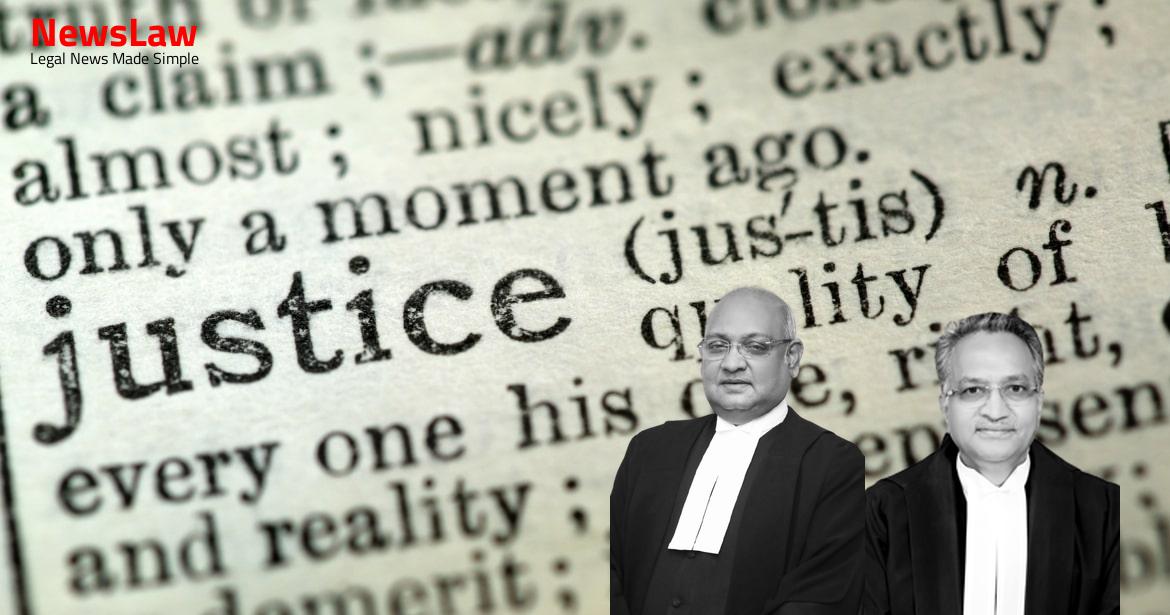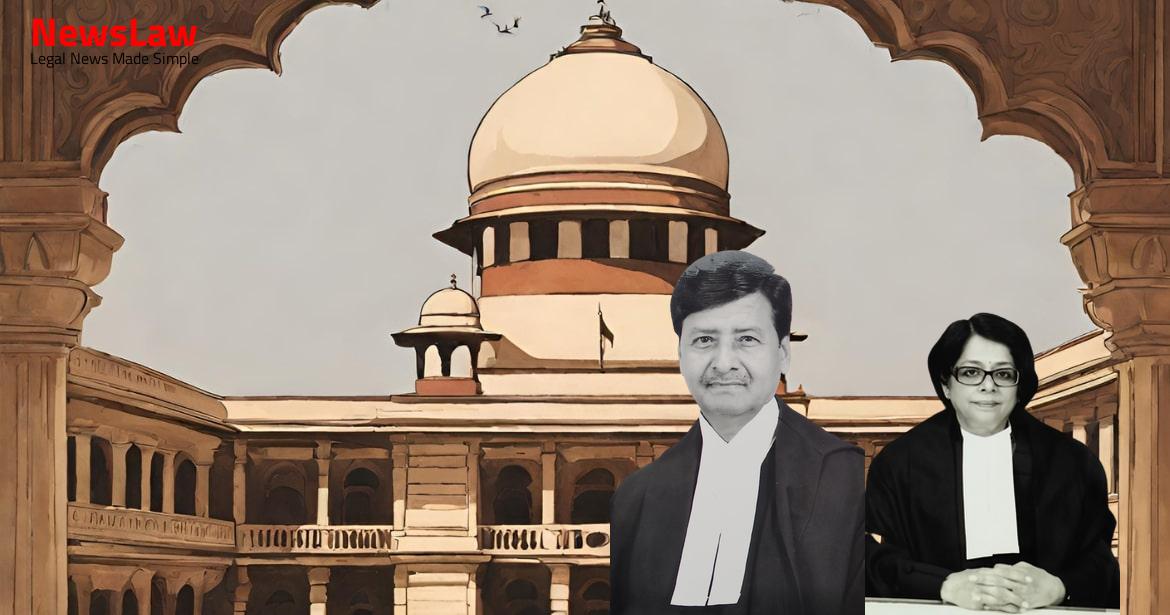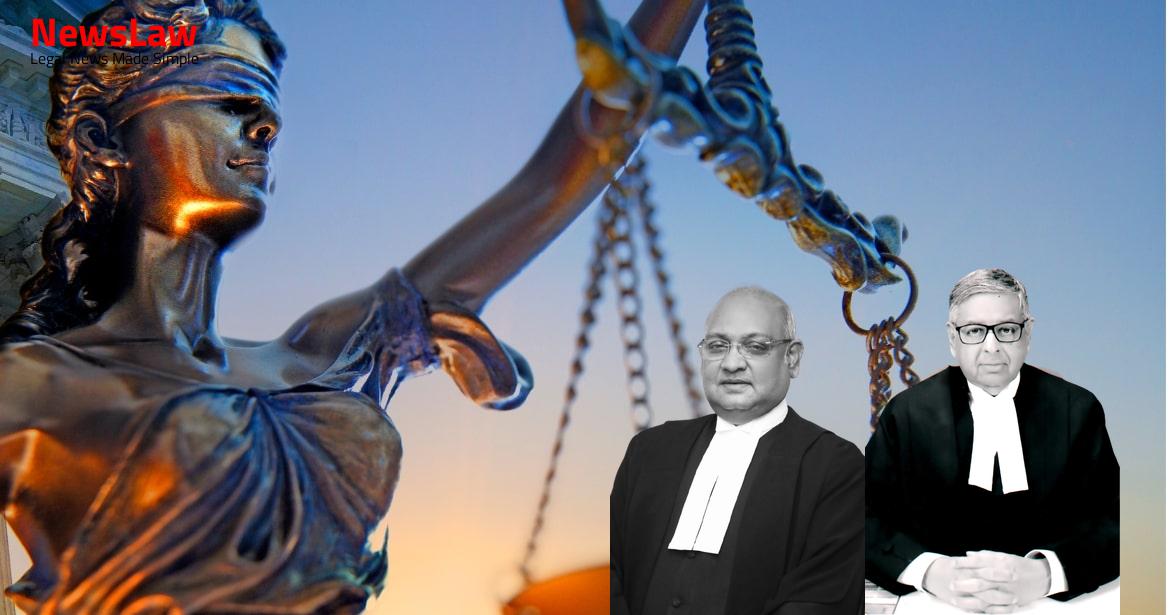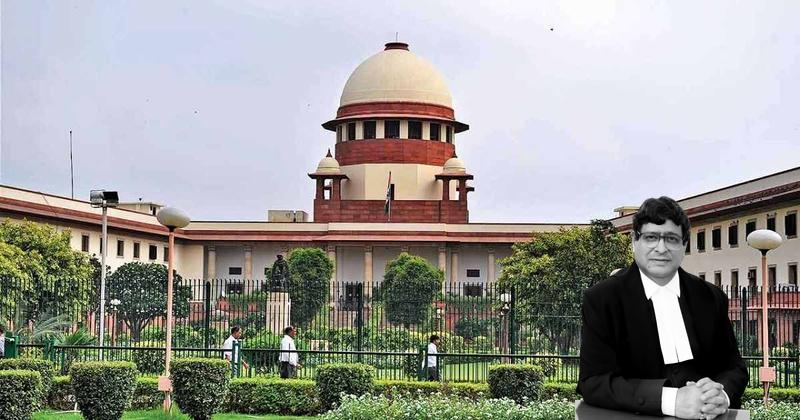Delve into the intricate legal analysis of limitation laws in insolvency proceedings. The court’s examination of Section 238-A and the implications of the Limitation Act, 1963 shed light on the application of time constraints in insolvency cases. Understanding these legal nuances is crucial for navigating the complexities of insolvency law.
Facts
- Respondent No. 1 bank extended credit facility to M/s. Mahaveer Construction through two loan agreements in 2007 and 2008.
- The credit facility included a term loan of Rs.9,60,00,000/- and an additional amount of Rs.2,45,00,000/-.
- The loan accounts were declared NPA on 30.1.2010.
- M/s. Surana Metals Limited, in which the appellant is a Promoter/Director, had offered a guarantee for the two loan accounts.
- The loan amount was disbursed to the Principal Borrower.
Also Read: Legal Analysis on Diplomatic Immunity Exception Case
Issue
- Two central issues in this appeal are addressed.
- The first issue involves determining if an action under Section 7 of the Insolvency and Bankruptcy Code, 2016 can be initiated by a financial creditor against a corporate person regarding a guarantee offered for a loan account of a principal borrower who defaulted but is not a ‘corporate person’.
- The second issue pertains to whether an application under Section 7 filed more than three years after the loan account was declared a Non-Performing Asset is barred by limitation.
Also Read: Autonomy of Private Unaided Schools in Fee Determination
Arguments
- Section 238-A of the Code states that provisions of the Limitation Act, 1963 apply to proceedings or appeals before specific authorities.
- The reason for introducing Section 238-A was highlighted in the Report of the Insolvency Law Committee of March 2018.
- The application of the Limitation Act, 1963 was discussed in the context of insolvency proceedings.
- The purpose of Section 238-A is to provide clarity on the applicability of limitation laws in insolvency cases.
Also Read: Land Ownership Dispute Legal Analysis
Analysis
- The appellant raised two preliminary objections: the first being the application was beyond the limitation period and the second being the application was not maintainable against the corporate debtor who was a guarantor.
- The Adjudicating Authority and the NCLAT rejected both objections raised by the appellant.
- The acknowledgment of debt by the principal borrower and the corporate debtor triggered a fresh period of limitation as per Section 18 of the Limitation Act.
- The Financial Creditor’s right to initiate the Corporate Insolvency Resolution Process against the corporate debtor was upheld based on acknowledgments post-declaration of NPA.
- The legislation aimed to prevent revival of time-barred debts under the Limitation Act.
- The definition of ‘corporate guarantor’ under the amended 2018 law refers to corporate guarantors in relation to whom the CIRP is to be initiated.
- The object of specifying time limit for limitation is based on ‘Public Policy’
- Acknowledgment of liability under Section 18 of the Limitation Act extends the limitation period
- A separate suit for recovery does not impact the limitation for winding-up proceedings
- ‘Proprietorship firms’ are not statutorily defined in many jurisdictions
- The application before NCLT Kolkata Bench on 13.2.19 is within limitation and not barred
- The decision in Babulal Vardharji Gurjar vs Veer Gurjar Aluminium Industries Private Limited & Anr (II) summarizes the position of the court
- Section 238-A of the Code read with consistent decisions establishes various basics regarding the Code’s intention and limitations
- An application under Section 7 of the Code is not for enforcement of mortgage liability
- The application for CIRP must be filed within three years of default, except in cases where delay may be condoned
- Section 18 of the Limitation Act states that when an acknowledgment of liability in writing is made before the expiration of the prescribed period for a suit or application, a new period of limitation starts from the time of the acknowledgment.
- The acknowledgment must be in writing and signed by the party against whom the property or right is claimed, or by someone through whom they derive their title or liability.
- If the writing containing the acknowledgment is undated, oral evidence can be used to determine when it was signed.
- The acknowledgment does not need to specify the exact nature of the property or right, and it can even be accompanied by a refusal to pay or a claim to set off.
- The word ‘signed’ in this context means signed by the party acknowledging the liability.
- Fresh period of limitation to be computed from date of acknowledgment of debt by principal borrower
- Application under Section 7 of the Code filed on 13.02.2019 is within limitation
- No other issues considered except grounds regarding maintainability of the application under Section 7
Decision
- Appeal is disposed of as per the terms mentioned in the judgment.
- No costs to be awarded.
- Decisions to be made without influence from any observations in previous or current judgments.
- Pending applications are also resolved.
Case Title: LAXMI PAT SURANA Vs. UNION BANK OF INDIA (2021 INSC 220)
Case Number: C.A. No.-002734 / 2020



